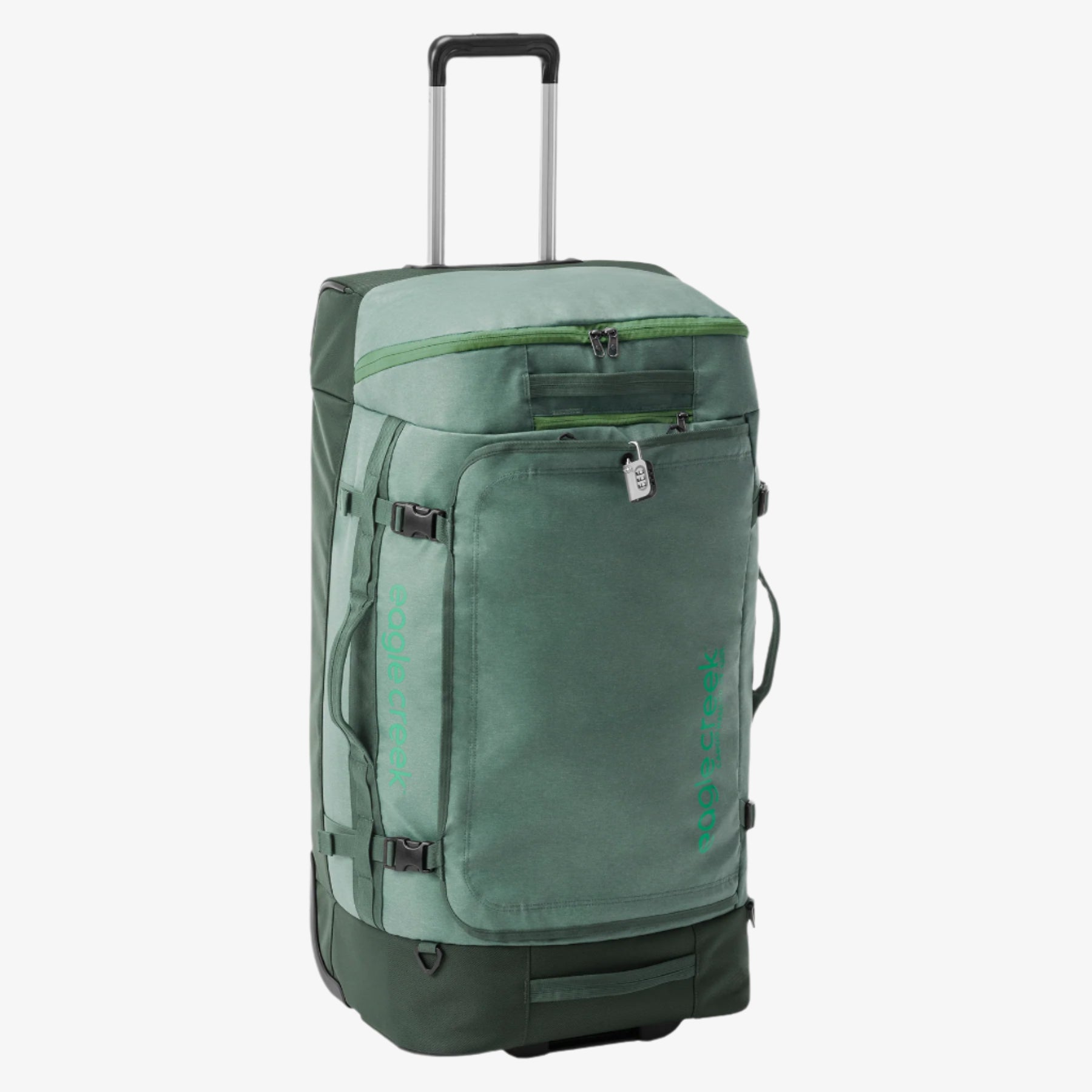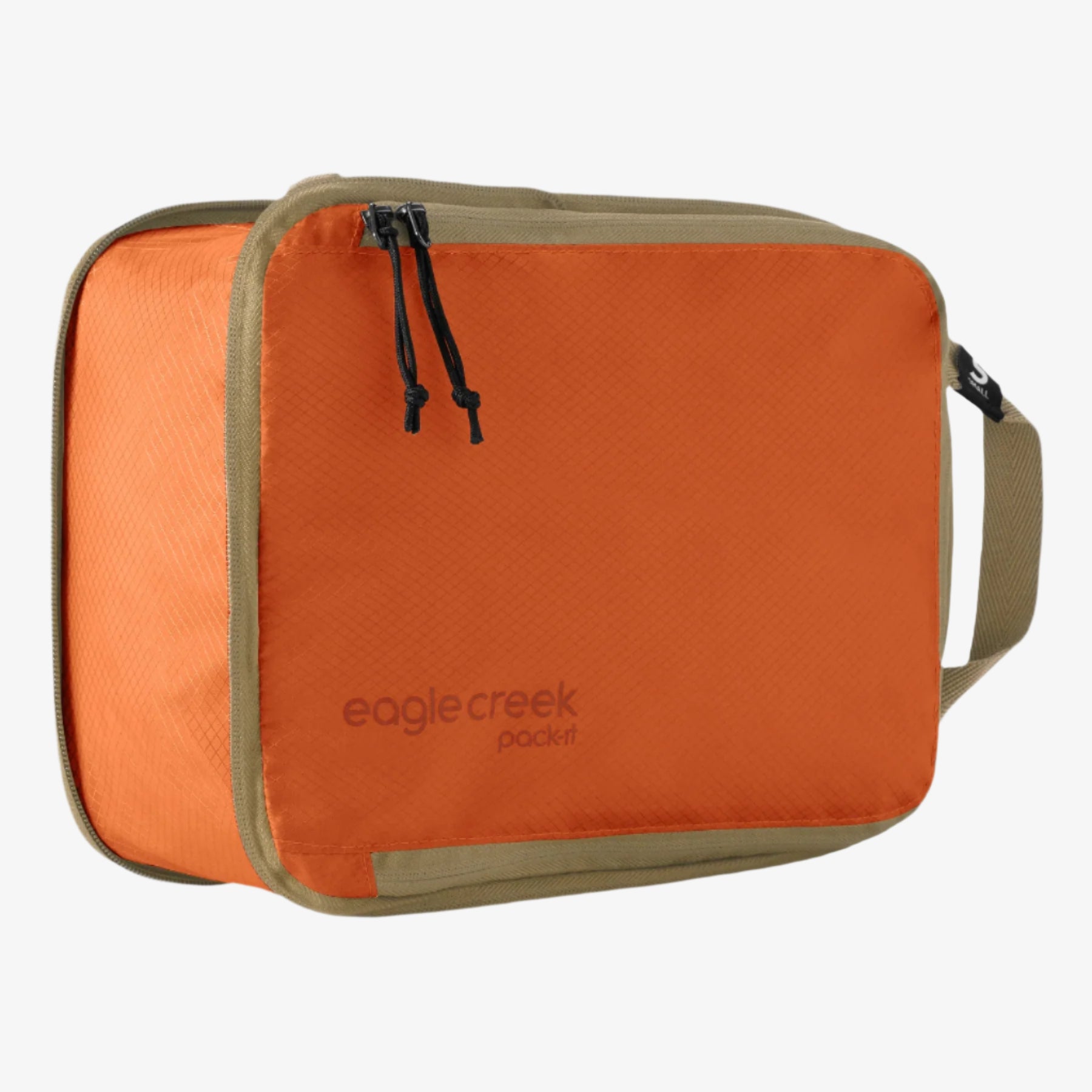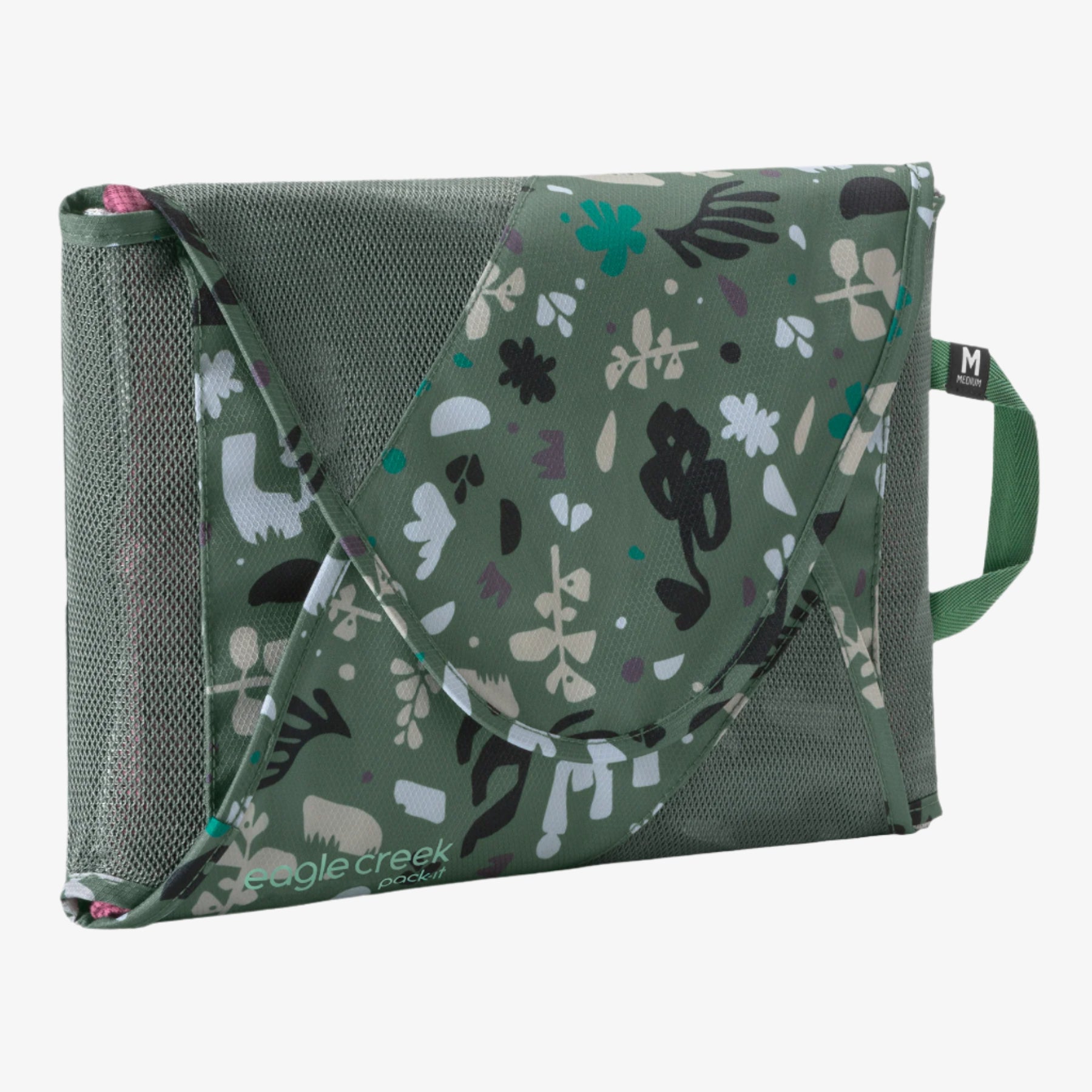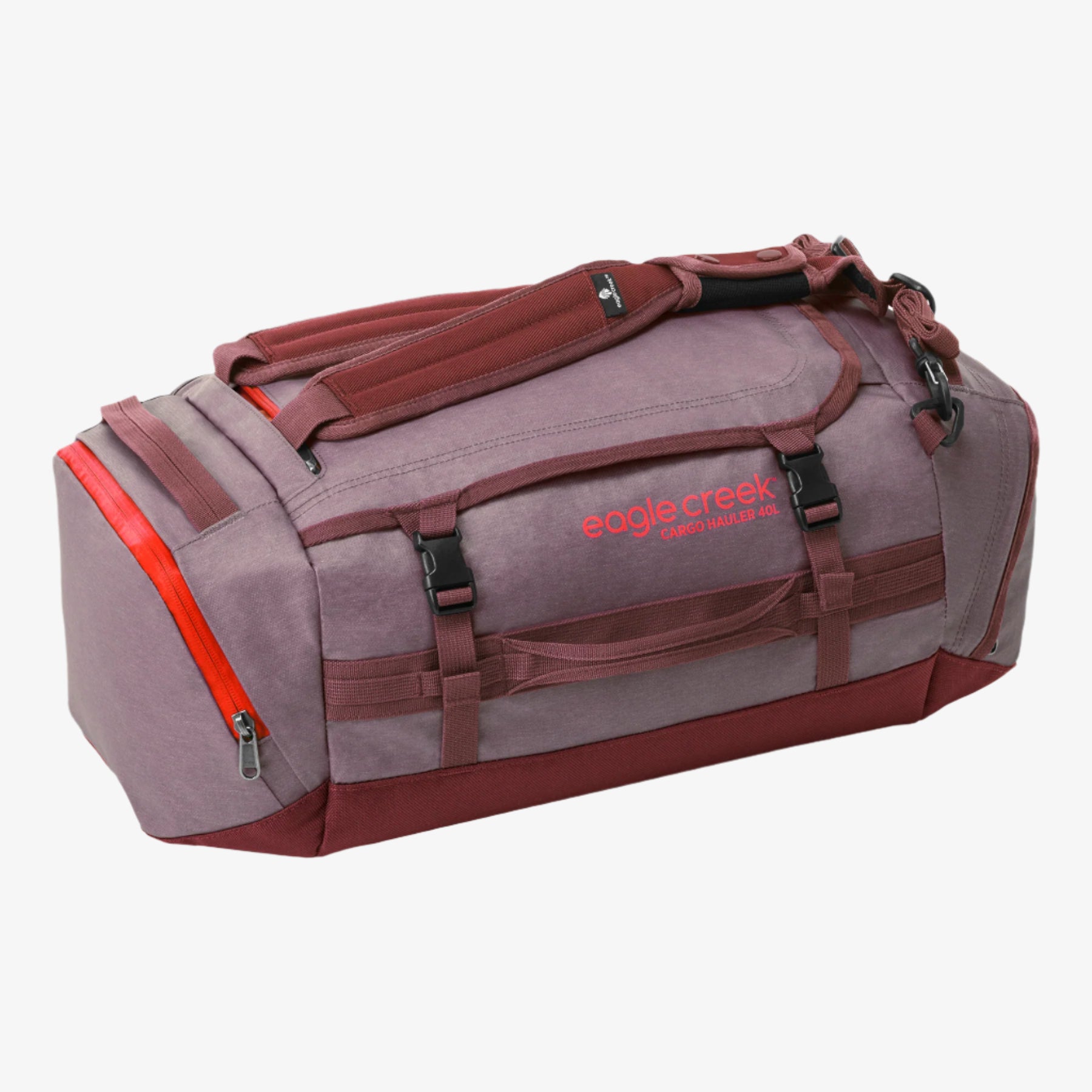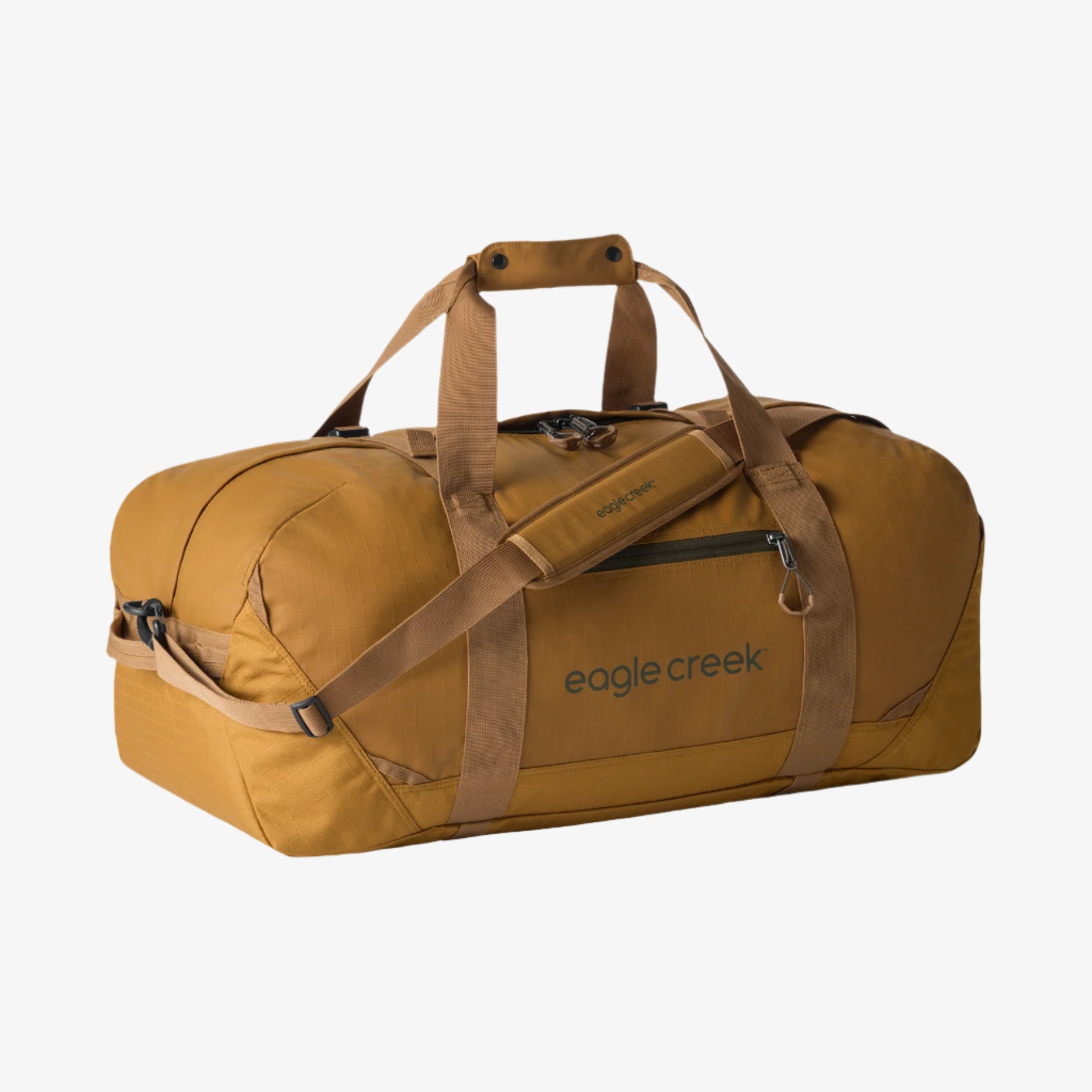Get in My Belly: Seven Interesting Things To Eat While Traveling
You might consider yourself an adventurous eater if you’ve tried snails, frog legs or even alligator, but have you tried crickets, ostrich, or shark? Here are some gotta-try-them-once dishes to search out on your travels.
For travelers, adventure can come in many forms. It could be seeking out the most adrenaline-filled activities, discovering the best off-the-beaten path destinations, or exploring cities across the globe and soaking up the culture. Some of my favorite adventures are of the culinary variety. Getting a taste of a place by trying the foods the locals enjoy is one of the best ways to really immerse in a new place and get a richer experience of the culture and heritage. Creating memories that stay with you always, it’s worth it too for the shocked look on people’s faces back home when I say that I’ve snacked on crickets or enjoyed fine dining on ostrich filet. Here are seven of the most unique dishes in the world, well worth a spot on your culinary bucket list.
Crickets, Snakes, and Scorpions in Cambodia
Visit an outdoor market while traveling around southeast Asia and you’ll likely see large vats of things we’re more likely to shoo away rather than cook—I’m talking insects and other creepy-crawlies like crickets, scorpions, beetles, and snakes. There are opportunities to try these crunchy snacks across Thailand, Vietnam, Laos, and Cambodia, but my first taste was in Cambodia after working up an appetite visiting Angor Wat in Siem Reap. Thanks to a fabulous street-food tour, I had the chance to munch on fried crickets, snack on smoked snake, savor a scorpion, and put a beetle in my belly. While I declined another round of beetle, the crickets were actually pretty tasty and are a popular snack packed with protein. I purchased a small sack and stuffed it into my waist pack for on-the-go snacking. My travel companions weren’t into it, so that meant all the more for me.
Can’t make it to Cambodia? You can buy cricket flour in the U.S.–it’s a sustainable and environmentally-friendly source of protein.
Hákarl (Fermented Shark) in Iceland
Call it fermented or call it rotten, hákarl might be the most famous shark dish in Iceland and perhaps the world. In a country where deliciousness abounds, shark meat that has been buried, pressed, left to dry for 6-18 weeks, then cured by hanging in strips is perhaps the most well-known delicacy. Though most Icelanders don’t eat it regularly, “kæstur hákarl” remains a pungent link to the island’s past and traditions. Wear a face mask or hold your nose, this dish is pungent to say the least. But, if you possess a strong stomach, it’s definitely a must-try dish. Surprisingly, the white meat has a cheese-like texture and very strong blue cheese style flavor, while the belly meat is can only be described as a chewy, fishy jerky. Due to the high levels of urea in the shark—which is diminished by the fermentation process, it can leave an aftertaste that can only be described as that of urine. So, it’s certainly an acquired (or not) taste, that’s more of a one-off experience than something you’d crave seconds of.

Ostrich in South Africa
Every once in a while it’s nice to splurge while on vacation. For some, this means splashing out on fancy drinks at a posh hotel in Singapore or a Wagyu steak in Japan. In South Africa, this might mean an ostrich dinner. While it’s in the same family as other commonly consumed birds like chicken, turkey, or even quail, ostrich is a league all of its own. It actually tastes so similar to beef in its coloring and texture, it’s often compared to filet mignon. And, it’s actually leaner—97% fat free, lower in cholesterol, but higher in iron than beef, making it a super healthy option. Ostrich is fairly common on menus in South Africa but it’s worth trying it at a higher-end restaurant to ensure it’s prepared well. Other South African must-try delicacies include biltong—a spiced, dried jerky style meat, chakalaka—a relish made from tomato, onion, and other vegetables.
One of the perks of traveling around South Africa is that there are so many vibrant areas to explore. City life in Johannesburg, beaches in Cape Town, safari in Kruger National Park, and other adventurous opportunities in South Africa where no doubt you’ll meet plenty of local dishes too. It’s worth taking a larger duffel to fit all of the gear you’ll need, plus packing cubes to keep it all organized.
Chicken Feet in Cuba
In many cultures, using every part of the animal in cooking is widely practiced, and avoids wastage. Though chicken feet can be found in the U.S., it’s not really a common dish compared other chicken parts like wings. However, traveling around Cuba afforded me the opportunity to try this unusual treat. Picking through the web of bones to extract what little meat the feet contains takes some skill, but is worth the work as it’s delicious. More of an appetizer or snack, if it’s a full meal you’re after you’ll need a fair amount of feet to feel satiated.
There are plenty of other great dishes to try in Cuba such as yuca con mojo—cooked cassava seasoned and sautéed in bitter orange juice, or vaca frita—marinated and braised skirt steak. A top tip for traveling in Cuba is to pack light with just a carry-on, so you can traverse this island nation more easily.
Witchetty Grubs in Australia
Home to some of the world’s deadliest critters—think cassowaries, crocodiles, and most of the 250 species of spiders, Australia also has plenty of harmless creatures, some of which can be on the tastier side. Witchetty grubs—a larvaewhich feed on Witchetty bushes before becoming moths, are a nutrition-dense, high-protein option eaten by native Aborigines. You can eat them raw or lightly cooked over the barbie (barbecue). If you have texture issues like I do, cooked is much more preferable than raw. You won’t find these grubs on many menus around Australia, but more so in the outback, so your best bet is to leave the procuring to the Aborigine experts and if you see them available, give them a try.
Itching to travel again? Make a love-it travel list ready for when you can make adventure plans a reality…
While Eagle Creek is here to provide tips and insights on travel, we cannot accept any responsibility for any potential consequences arising from the use of this information. Always conduct your own research and use your best judgment.
